Filter by

Animals, Plants and Afterimages : The Art and Science of Representing Extinction
The sixth mass extinction or Anthropocene extinction is one of the most pervasive issues of our time. Animals, Plants and Afterimages brings together leading scholars in the humanities and life sciences to explore how extinct species are represented in art and visual culture, with a special emphasis on museums. Engaging with celebrated cases of vanished species such as the quagga and the thylac…
- Edition
- -
- ISBN/ISSN
- 9781805390671
- Collation
- -
- Series Title
- -
- Call Number
- -
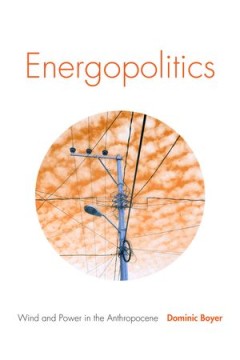
Energopolitics Wind and Power in the Anthropocene
Between 2009 and 2013 Cymene Howe and Dominic Boyer conducted fieldwork in Mexico's Isthmus of Tehuantepec to examine the political, social, and ecological dimensions of moving from fossil fuels to wind power. Their work manifested itself as a new ethnographic form: the duograph—a combination of two single-authored books that draw on shared fieldsites, archives, and encounters that can be pro…
- Edition
- -
- ISBN/ISSN
- 9781478003137
- Collation
- -
- Series Title
- -
- Call Number
- -
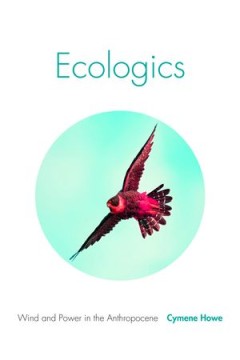
Ecologics Wind and Power in the Anthropocene
Between 2009 and 2013 Cymene Howe and Dominic Boyer conducted fieldwork in Mexico's Isthmus of Tehuantepec to examine the political, social, and ecological dimensions of moving from fossil fuels to wind power. Their work manifested itself as a new ethnographic form: the duograph—a combination of two single-authored books that draw on shared fieldsites, archives, and encounters that can be pro…
- Edition
- -
- ISBN/ISSN
- 9781478003199
- Collation
- -
- Series Title
- -
- Call Number
- -
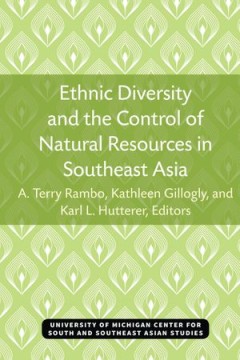
Ethnic Diversity and the Control of Natural Resources in Southeast Asia
The authors consider the ways in which the high degree of ethnic diversity within the region is related to the nature of tropical Asian environments, on the one hand, and the nature of Southeast Asian political systems and the ways in which they manipulate natural resources, on the other. Rather than focus on defining the phenomenon of ethnicity, this book examines the different social evolutio…
- Edition
- -
- ISBN/ISSN
- 9780472902309
- Collation
- -
- Series Title
- -
- Call Number
- 305.8 ETH e
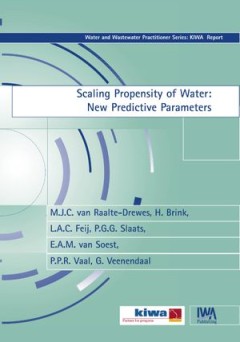
Scaling Propensity of Water: New Predictive Parameters
The commonly used Saturation Index calculated at 10°C (SI10) is not suitable for practical situations. New parameters have been developed for simple and rapid analysis of calcium carbonate precipitation (scaling) phenomena which occur during the heating of drinking water: TPCC90 (Theoretically Precipitable Calcium Carbonate at 90°C) SI90 (Saturation Index at 90°C) NI (Nucleation Index) PPCC …
- Edition
- -
- ISBN/ISSN
- 9781780402567
- Collation
- -
- Series Title
- -
- Call Number
- -

Process Control of Activated Sludge Plants by Microscopic Investigation
Process stability and final effluent quality largely depend upon the composition of the biomass in an activated sludge plant. Operational problems such as bulking and scum formation occur when the wrong micro-organisms are dominating the sludge population. Microscopic sludge investigation is therefore essential for process control and stable plant operation. The manual outlines the theoretical …
- Edition
- -
- ISBN/ISSN
- 9781900222297
- Collation
- -
- Series Title
- -
- Call Number
- -
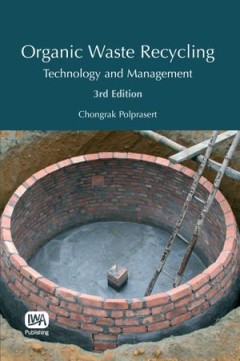
Organic Waste Recycling; Technology and Management - Third Edition
This book covers the principles and practices of technologies for the control of pollution originating from organic wastes (e.g. human feces and urine, wastewater, solid wastes, animal manure and agro-industrial wastes) and the recycling of these organic wastes into valuable products such as fertilizer, biofuels, algal and fish protein and irrigated crops. Each recycling technology is described…
- Edition
- -
- ISBN/ISSN
- 9781780402024
- Collation
- -
- Series Title
- -
- Call Number
- -
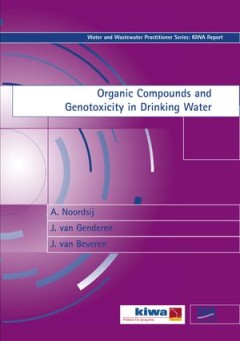
Organic Compounds and Genotoxicity in Drinking Water
Until recently only lipophilic compounds were analysed in any research on the occurrence of mutanogenic and carcinogenic compounds in water. They were isolated using XAD-resins. They contain approximately half of the total organic material present in water. A clear mutanogenic effect was demonstrated for these compounds using Amestest. The hydrophilic fraction of the organic material was diffic…
- Edition
- -
- ISBN/ISSN
- 9781780402598
- Collation
- -
- Series Title
- -
- Call Number
- -
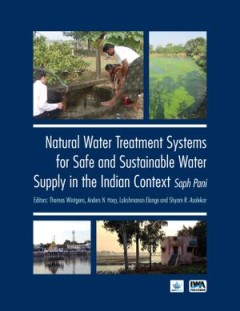
Natural Water Treatment Systems for Safe and Sustainable Water Supply in the …
Natural Water Treatment Systems for Safe and Sustainable Water Supply in the Indian Context is based on the work from the Saph Pani project (Hindi word meaning potable water). The book aims to study and improve natural water treatment systems, such as River Bank Filtration (RBF), Managed Aquifer Recharge (MAR), and wetlands in India, building local and European expertise in this field. The proj…
- Edition
- -
- ISBN/ISSN
- 9781780407104
- Collation
- -
- Series Title
- -
- Call Number
- -
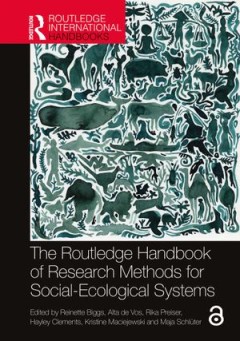
The Routledge Handbook of Research Methods for Social-Ecological Systems
he Routledge Handbook of Research Methods for Social-Ecological Systems provides a synthetic guide to the range of methods that can be employed in social-ecological systems (SES) research. The book is primarily targeted at graduate students, lecturers and researchers working on SES, and has been written in a style that is accessible to readers entering the field from a variety of different d…
- Edition
- -
- ISBN/ISSN
- 1000401510, 9781000401516
- Collation
- -
- Series Title
- -
- Call Number
- -
 Computer Science, Information & General Works
Computer Science, Information & General Works  Philosophy & Psychology
Philosophy & Psychology  Religion
Religion  Social Sciences
Social Sciences  Language
Language  Pure Science
Pure Science  Applied Sciences
Applied Sciences  Art & Recreation
Art & Recreation  Literature
Literature  History & Geography
History & Geography